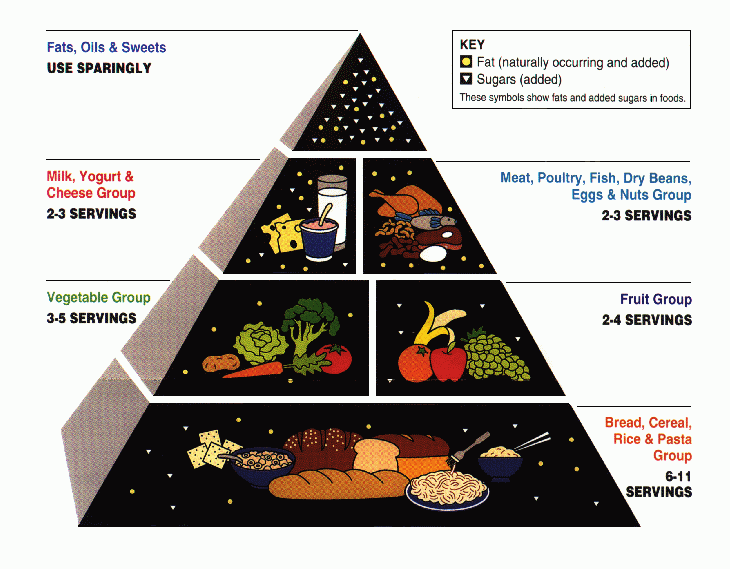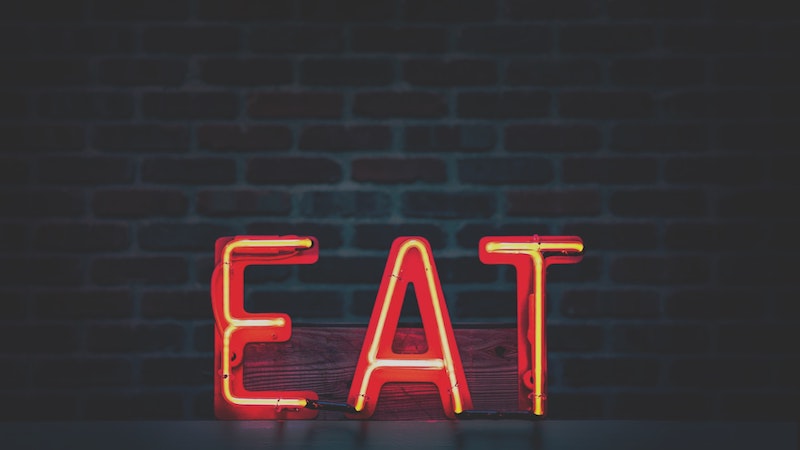Fat Is Your Friend (Seriously)
Episode #2 of the course Basics of low-carb eating by Emily Stone
Welcome back!
Yesterday, you learned about the serious health consequences of eating quick-digesting carbohydrates and how to identify offending foods. You’ve begun to think about the foods you’d like to remove from your diet (e.g., breads, pasta, etc.), and it makes sense to wonder, “What will I eat instead?”
Today, we’ll focus on exactly that—replacing unhealthy carbs with healthy fats.
Most Common “Fat” Myths
Here are the most common myths about fat that many people believe in:
Eating too much fat will cause heart disease. The surprising truth is that there is no reliable evidence to support the hypothesis that eating saturated fat leads to heart disease. In the New York Times article, “How the Sugar Industry Shifted Blame to Fat,” it’s revealed that in the 1960s, the sugar industry paid Harvard scientists to shift the heart disease blame from sugar to fat, and the public has been fed misleading information ever since.
In 1992, the USDA published its Food Guide Pyramid (see below). This framework recommended six to eleven servings of grains and starches each day, and that fats and oils be consumed sparingly. This diet was meant to prevent heart disease by limiting fat and promoting carbohydrates, but this advice was misguided. Recent studies show no link between consuming saturated fat and increasing one’s risk of heart disease. In fact, inflammation and risk of heart disease are now being linked to the consumption of sugars, starches, and processed vegetable oils. By following mainstream nutrition advice, we have been getting fatter and sicker. Dr. David Ludwig of Harvard Medical School calls it “the biggest public health experiment in history.”

Food pyramid. ©Choosemyplate.gov
Eating fat makes you fat. Once again, this is a long-perpetuated myth. It turns out the right kinds of fats and oils can prevent weight gain. In his book, Food: What the Heck Should I Eat?, Dr. Mark Hyman cites studies that show a high-fat diet resulting in subjects burning 300 more calories per day than on the low-fat diet, as well as showing improvements in blood sugar, insulin, triglycerides, and HDL cholesterol.
Vegetable oil is healthy. Another myth. The body needs a specific balance of omega-3 and omega-6 fatty acids, and refined vegetable oils like canola and soybean contain high levels of omega-6 fatty acids. Margarine and shortening have the same issue. Too much omega-6 can lead to inflammation, which promotes a variety of diseases. On the other hand, foods like fatty fish, seafood, eggs, grass-fed meat, and walnuts provide a better balance of omega-3 to omega-6 fatty acids and reduce inflammation.
Real Facts on Fats
Now let’s look at a few things you should know about fats.
Fat makes you full. Remember the hormone, leptin, which can get all out of whack when eating a high-carb/high-sugar diet? Foods containing fat (and not sugar) allow leptin to work as intended. When you eat a handful of almonds, leptin tells your brain, “I’m full, we don’t need to eat for a couple of hours.” Eating enough fat helps break the “always hungry” cycle that can occur on a low-fat diet.
Your veggies need fat. Imagine a bowl full of leafy greens and chopped veggies. Before taking a bite, you drizzle on fat-free dressing. Good choice, right? Wrong. Without fat, the fat-soluble vitamins A, D, E, and K will be poorly absorbed by the body. In addition, your dressing likely contains unhealthy refined oils (like soybean) and sugar or high fructose corn syrup. Double whammy. Reach for the olive oil instead, and reap all the benefits of a healthy fat while increasing the bioavailability of the salad’s nutrients.
Which Fats to Include/Avoid
Here is a list of good vs bad fats to get you started. Take a peek in your pantry and fridge to take stock of fats on hand.
| Good Fats | Bad Fats |
| • animal fats (grass-fed or organic are best) • organic extra virgin olive oil • grass-fed butter • organic virgin coconut oil • walnut, almond, or macadamia oil • avocado oil • sesame seed oil |
• refined vegetable oils (canola, corn, soybean, safflower, sunflower, palm) • peanut oil • vegetable shortening • margarine • anything “hydrogenated” |
As you’re now ready to eat fewer “bad carbs” and more “good fats,” you may wonder: What does a good balance look like? And what about protein? There are different schools of thought that try to answer these questions, which will be our focus tomorrow. You’ll learn about different variations of low-carb, high-fat eating to determine which will be best for you.
From my kitchen to yours,
Emily
Recommended reading
How the Sugar Industry Shifted Blame to Fat
Recommended books
Food: What the Heck Should I Eat? by Dr. Mark Hyman
The Big Fat Surprise: Why Butter, Meat, and Cheese Belong in a Healthy Diet by Nina Teicholz
Share with friends

